In 2018, 14% of the Quebec population aged 15 and over reported using cannabis (1). This situation is evolving rapidly: in 2024, 6 years after the legalization of cannabis for non-medical use in Canada, just over 18% of this same population had used cannabis in the last 12 months before the survey (2).
While it is recognized that cannabis use generally has few adverse effects on the vast majority of the population, some people are at greater risk of developing deleterious health effects. High-risk use is often associated with male gender, lower socio-economic status and less favorable health indices, lower levels of education, and patterns of use where frequency and duration are important (3-5). Adverse effects include reduced overall ability to function, mental health disorders, motor vehicle accidents and cannabis dependence (6). People predisposed to certain mental health disorders, such as psychotic disorders, are more at risk or unmasking them if their use of cannabis becomes frequent and if the products that they use contain a high level of THC (7,8).
Cannabis use following psychotic symptoms is sometimes continued in some people, and the understanding of the factors involved in maintaining this habit is not fully established. However, certain factors have been identified as favoring cannabis use in general, such as the desire to reduce stress, social isolation, peer pressure or a lack of information about the side effects of cannabis use and the concentration of THC in the products consumed (9). Whether and how these behaviors (and many others) have an impact on the lives of adults living with a psychotic disorder remains to be explained, so that we can offer services that are adapted to their needs and reflect their reality.
The COMPREHENSION project, set up in our laboratory with the financial support of the Fonds de Recherche du Québec – Santé (FRQS), is looking into this question by setting up a qualitative study. In contrast to the quantitative approach, this research design attempts to understand a specific human-related phenomenon or social reality by collecting pieces of information in a systematic fashion using discussions, observations and data collecting, usually in the form of focus groups. This allows us to answer questions such as Why and How, which, in the context of this study, fits with the desire to grasp the nature of certain behaviors, rather than to answer a specific question. In order to carry out this study, interviews will be conducted with individuals who use cannabis and have had a psychotic episode. To take the idea a step further and gain a better understanding of the factors surrounding their situations, interviews will also be conducted with one of their close relatives: this will provide a better comprehension of the various biological, psychological and social factors involved. The COMPREHENSION project is being built with the help of people with lived experience (PWLE) and their families. In an effort to offer results that will directly benefit this population, in addition to responding to the interviews that will constitute the database, they will participate in the production of the interview guide, and throughout the project, will be encouraged to share their opinions on the course of the study. By including people with experiential knowledge, the project ensures that individuals can participate as experts of their own situation and have a concrete impact on issues that affect them directly.
Article by Alexis Doucet
References
- Statistics Canada. National Cannabis Survey, first quarter 2019 Ottawa: Government of Canada; 2019 [Available from: https://www150.statcan.gc.ca/n1/en/daily-quotidien/190502/dq190502a- eng.pdf?st=TQEzeqzW.
- Institut national de santé publique du Québec. (2025, 5 mai). Consommation de cannabis chez la population générale. In Substances psychoactives – Cannabis. Repéré à https://www.inspq.qc.ca/substances-psychoactives/cannabis/consommation-population-generale
- Fischer B, Robinson T, Bullen C, Curran V, Jutras-Aswad D, Medina-Mora ME, et al. Lower-Risk Cannabis Use Guidelines (LRCUG) for reducing health harms from non-medical cannabis use: A comprehensive evidence and recommendations update. Int J Drug Policy. 2022 Jan;99 DOI: 10.1016/j.drugpo.2021.103381.
- Institut de la statistique du Québec. l’Enquête québécoise sur le cannabis (EQC 2019) Quebec: Gouvernement du Québec; 2020 [Available from: https://statistique.quebec.ca/fr/fichier/enquete- quebecoise-sur-le-cannabis-2019-la-consommation-de-cannabis-et-les-perceptions-des- quebecois-portrait-et-comparaison-avec-ledition-de-2018.pdf.
- Fischer B, Russell C, Rehm J, Leece P. Assessing the public health impact of cannabis legalization in Canada. Journal of Public Health. 2019;41(2):412–21 DOI: 10.1093/pubmed/fdy090.
- Roterman Mea. Analysis of trends in the prevalence of cannabis use and related metrics in Canada. Health Reports. 2019;30 (6):3-13 DOI: 10.25318/82-003-x201900600001-eng.
- Wittchen H-U, Behrendt S, Höfler M, Perkonigg A, Rehm J, Lieb R, et al. A typology of cannabis- related problems among individuals with repeated illegal drug use in the first three decades of life: Evidence for heterogeneity and different treatment needs. Drug Alcohol Depend. 2009 DOI: 10.1016/j.drugalcdep.2009.02.012.
- Vassos E, Sham P, Kempton M, Trotta A, Stilo SA, Gayer-Anderson C, et al. The Maudsley environmental risk score for psychosis. Psychol Med, 2020;50(13):2213-20 DOI: 10.1017/S0033291719002319.
- Patel R, Wilson R, Jackson R, Ball M, Shetty H, Broadbent M, et al. Association of cannabis use with hospital admission and antipsychotic treatment failure in first episode psychosis: an observational study. BMJ Open. 2016;6(3):e009888 DOI: 10.1136/bmjopen-2015-009888.
